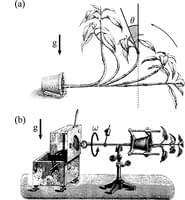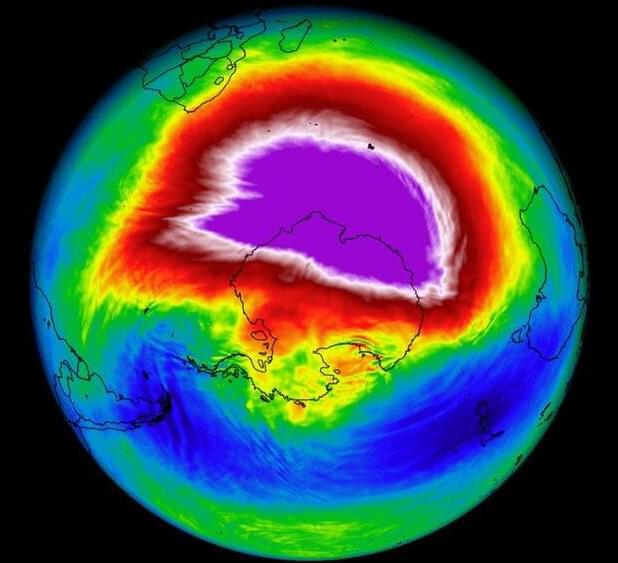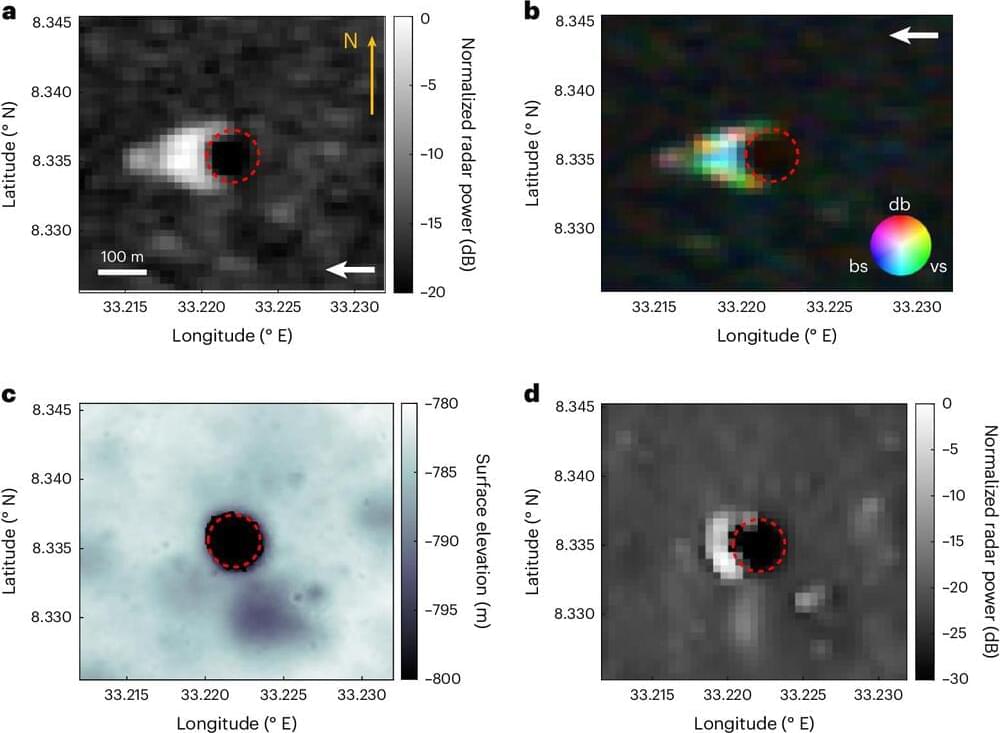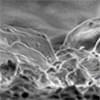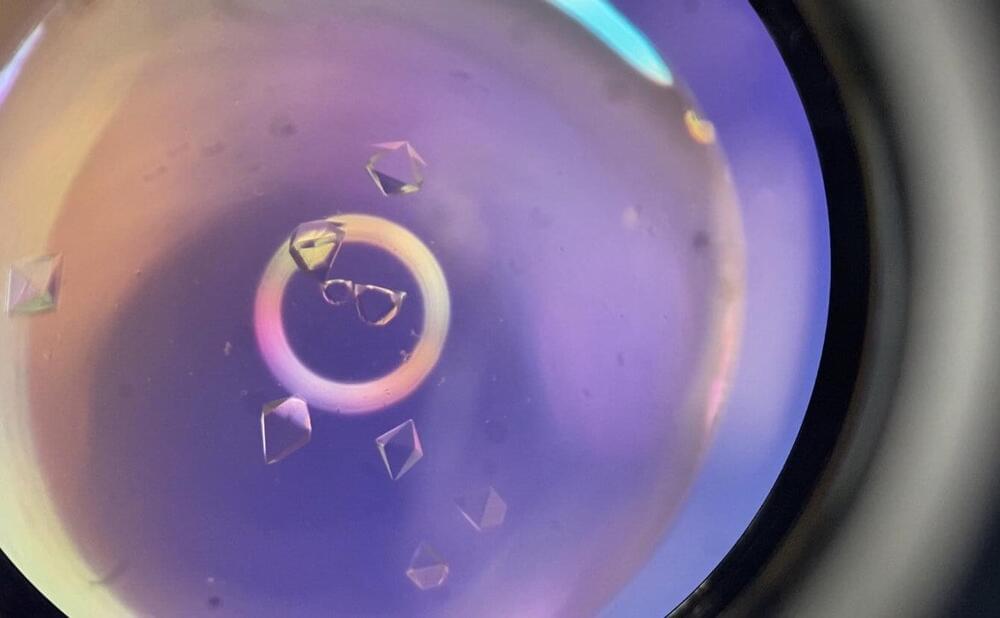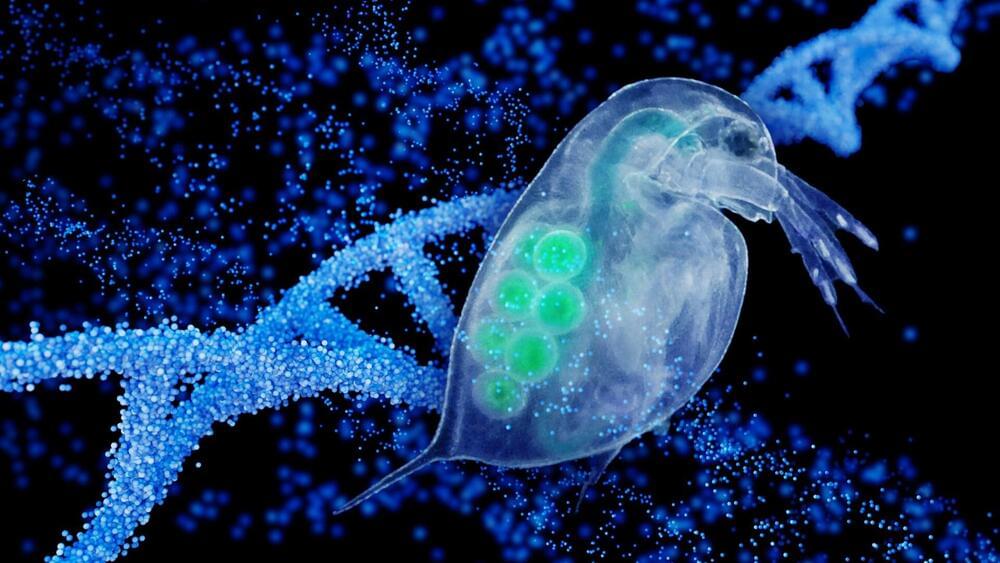Jul 16, 2024
Active shape control by plants in dynamic environments
Posted by Cecile G. Tamura in category: futurism
Hadrien Oliveri, Derek E. Moulton, Heather A. Harrington, & Alain Goriel University of Oxford, Max Planck Institute, Center for systems Biology Dresden, & Technische Universität Dresden 2024 https://journals.aps.org/pre/abstract/10.1103/PhysRevE.110.
Plants generally orient their growth against the direction of gravity. Rotating them around an axis perpendicular to gravity can produce more complicated growth shapes that depend on the speed of rotation. The authors model this behavior and find a stable family of three-dimensional dynamic equilibria.
